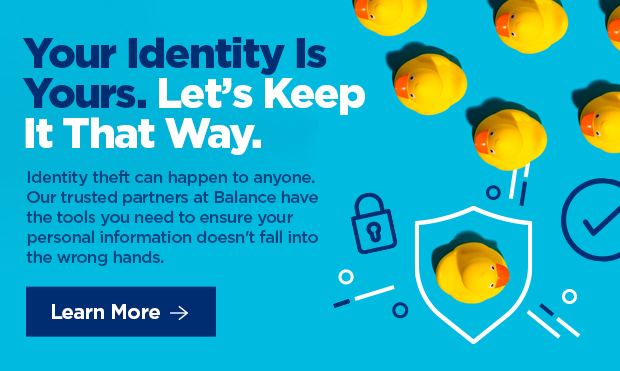Identity theft is something we all have to take precautions against. Approximately 1 in 15 Americans experience some type of identity theft each year.* The most vulnerable of us are the elderly who may not have the knowledge of how to protect against identity theft in an ever-increasing electronic world. More troubling is that most senior identity theft is perpetrated by close family or friends who have easy access to personal information. The federal government labels this type of identity theft as “familiar fraud.” Here are a few of identity theft schemes that target seniors:
1. Medical Identity Theft.
Medical identity theft occurs when a person steals someone’s social security number and uses it to bill Medicaid or an insurance company for services the victim did not receive. Medical identity theft is difficult to guard against because national insurance carriers often lack security and investigation teams to identity or rectify the thefts.
2. Estate Identity Theft.
Estate identity theft occurs when a criminal collects tax returns, Social Security checks, or military and other benefits using personal information of a recently deceased senior.
3. Tax Fraud.
Tax fraud occurs when a criminal files taxes using a stolen Social Security or Employee ID number to collect a victim’s tax return. While tax fraud is common across all demographics, seniors are generally slower to notice on-going tax fraud. In this case, this personal information is often obtained by rummaging through the victim’s purse, wallet or trash.
4. Wire Transfer Fraud.
Wire transfer fraud happens when a criminal uses a victim’s personal information, usually online banking information, to electronically transfer money from their financial accounts. Discovery of these transactions can take 6 months or more, unless a senior is regularly monitoring bank statements, or has alert settings configured to receive notice of unusual activity.
Seniors and their family members can help protect against senior fraud by making sure only certain individuals have access to the senior’s personal information. Online purchases and social media accounts should be carefully monitored to ensure nothing out of the ordinary takes place and personal information is not publicly available.
Paid professional services that monitor online and financial profiles for unusual activity are available. It’s also important to shred all documents that contain personal information before they are discarded. Finally, any fraudulent activity should be handled as soon as it is identified to limit the impact on the senior’s finances.
* 2018 Identity Fraud Study by Javelin Strategy and Research
Source: Balance Financial Fitness









In the current world we live in, the state of your personal identity and all that comes with it, is at risk from online theft. This article does a very good job on illustrating the various ways ID thieves look to target senior citizens. Thank you for sharing.
It’s an unfortunate fact that senior citizens are often targeted in ID theft schemes. With this insight, this crime can hopefully be prevented and victims’ finances and mental wellbeing can be saved!